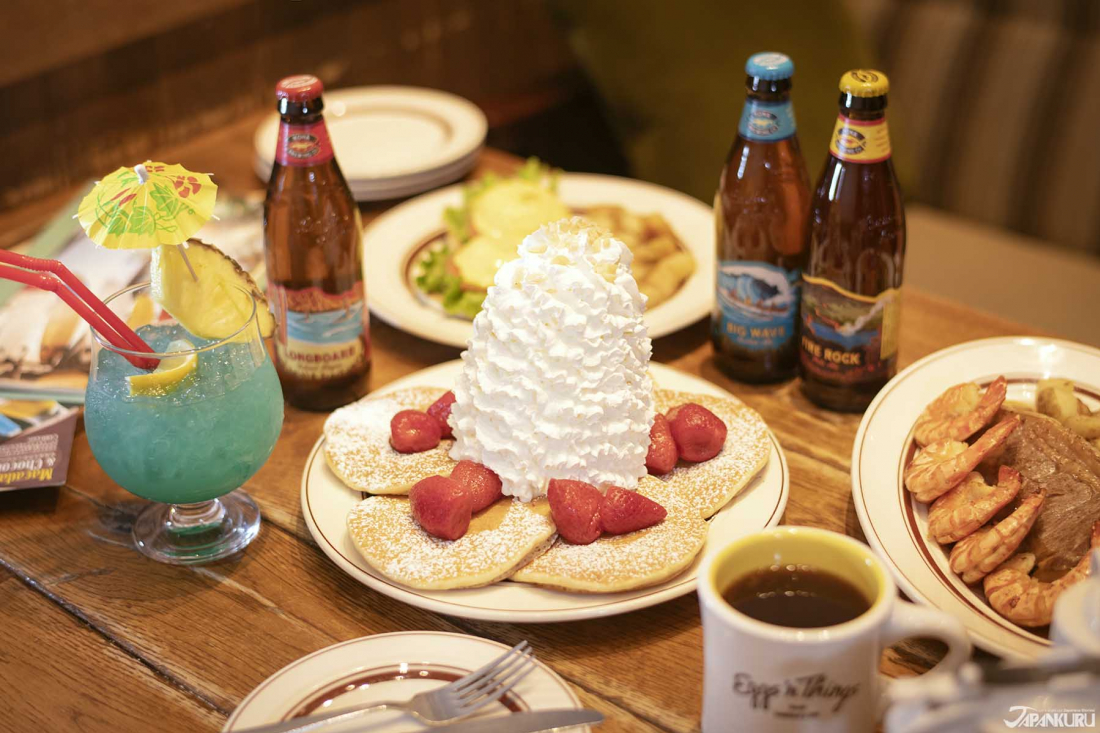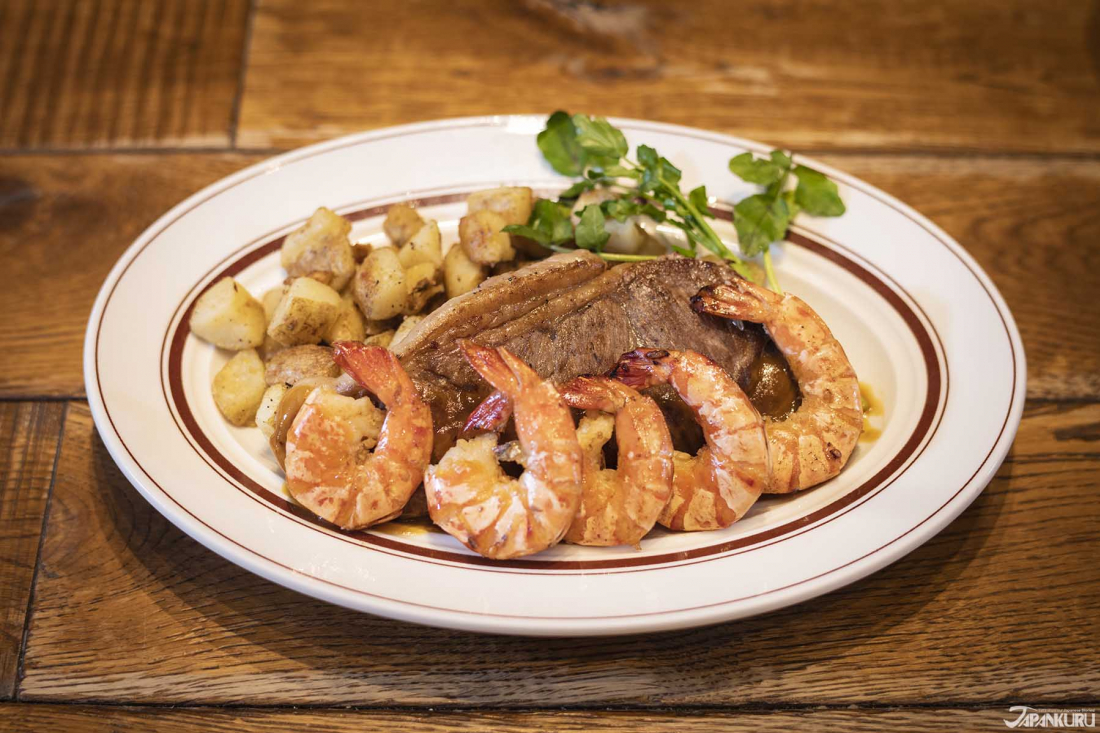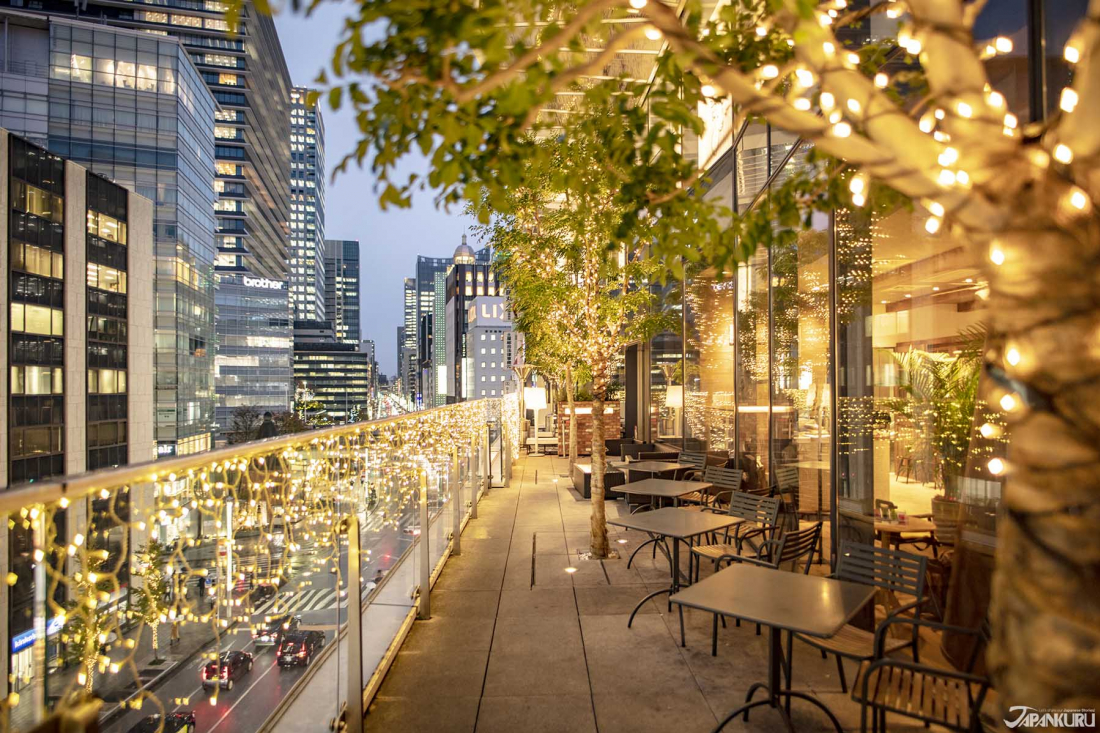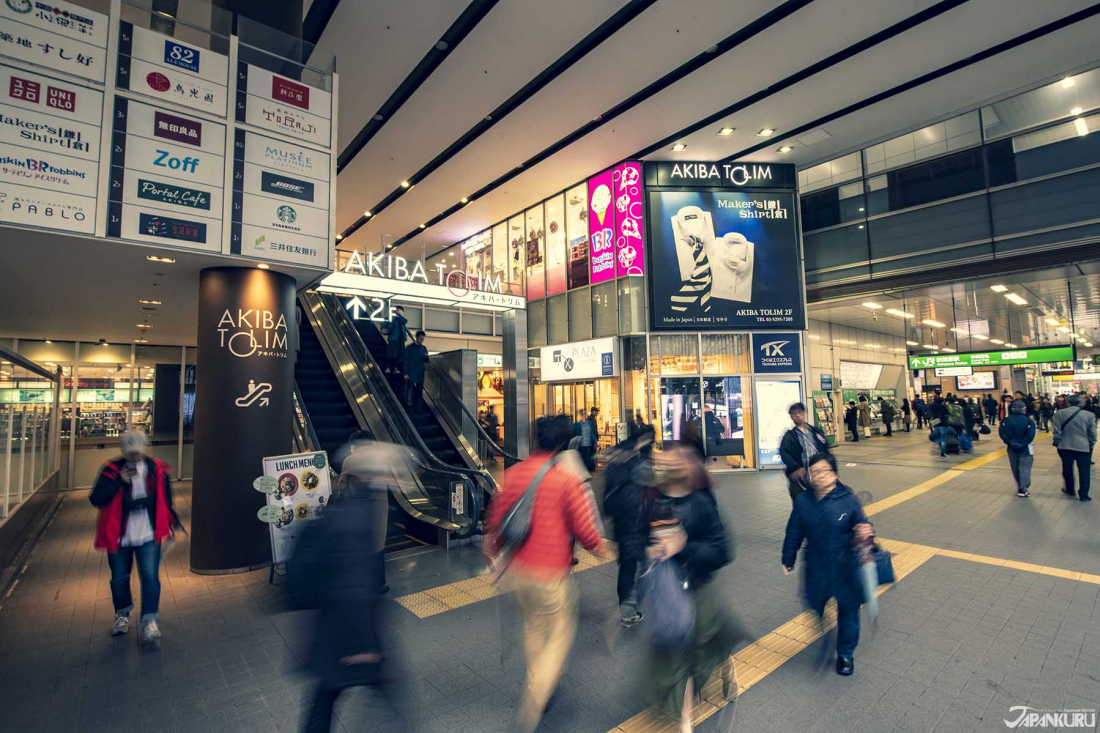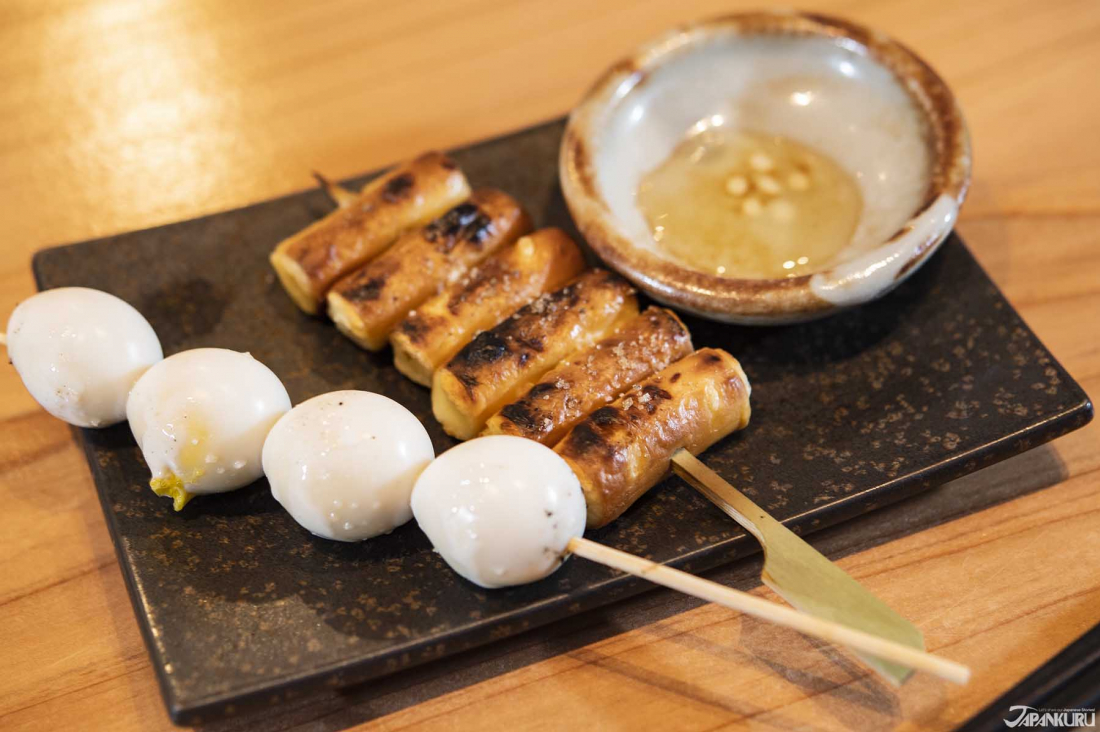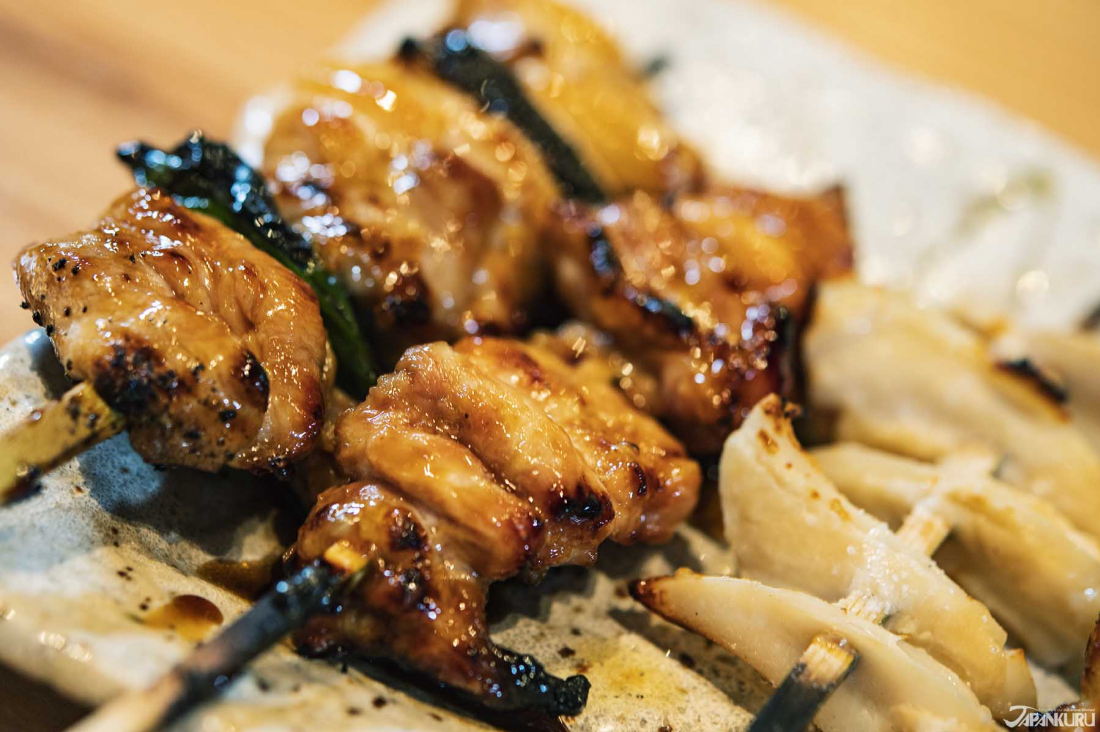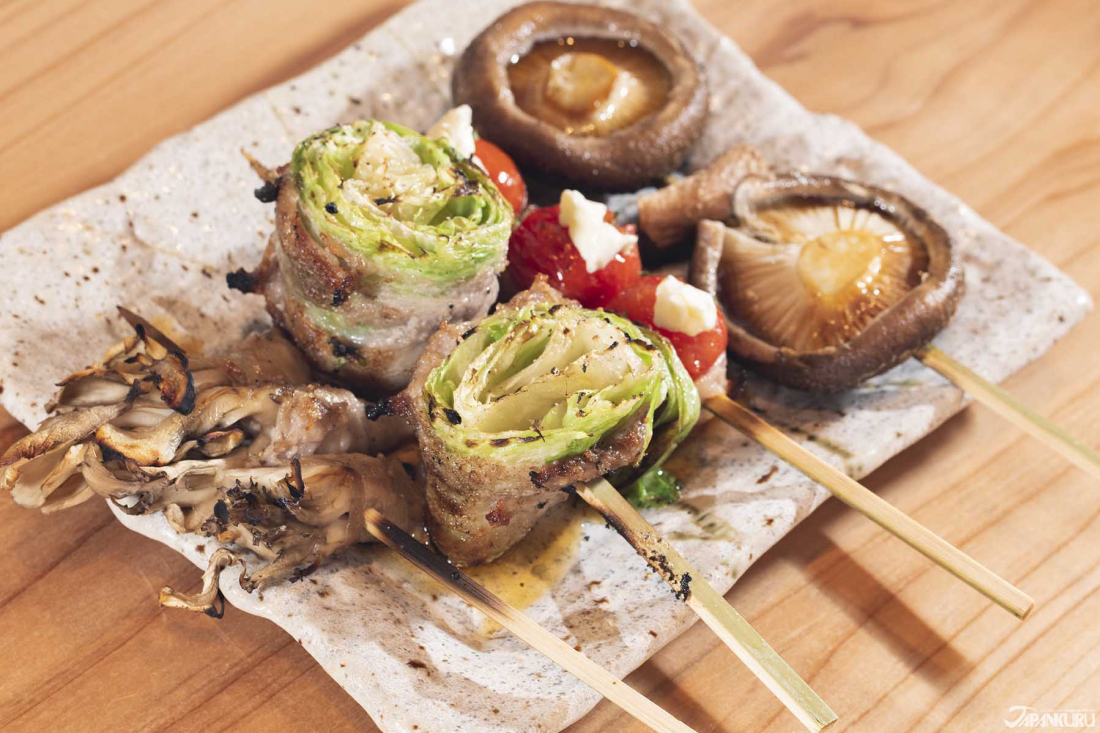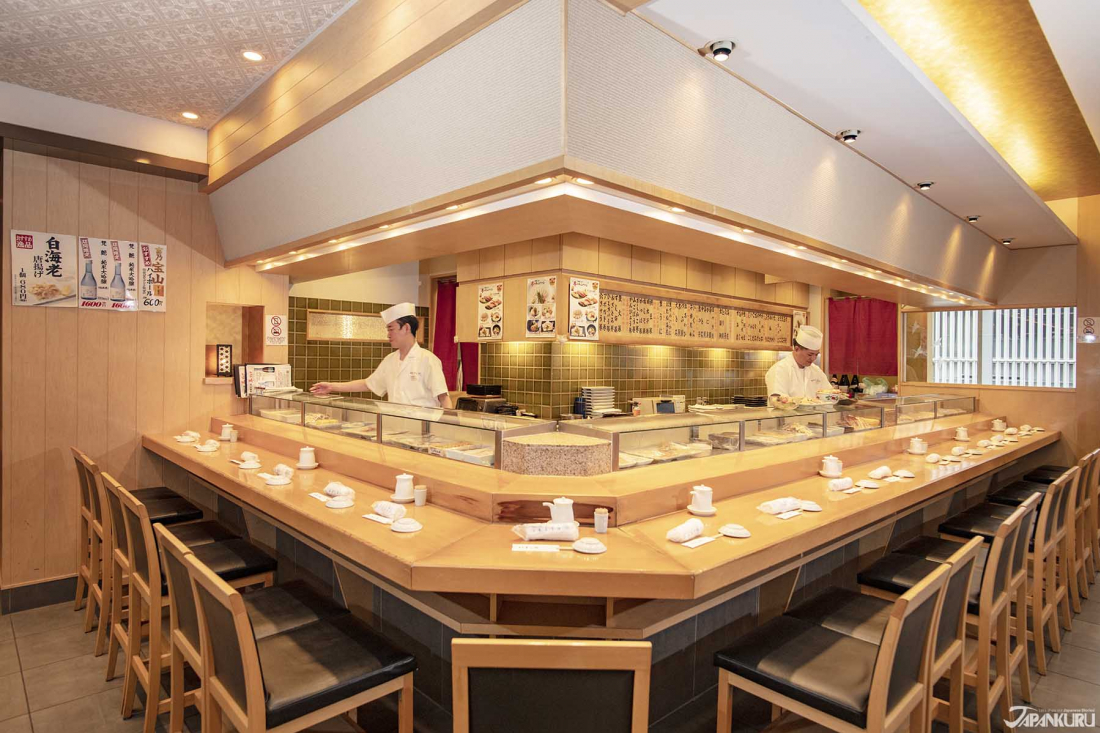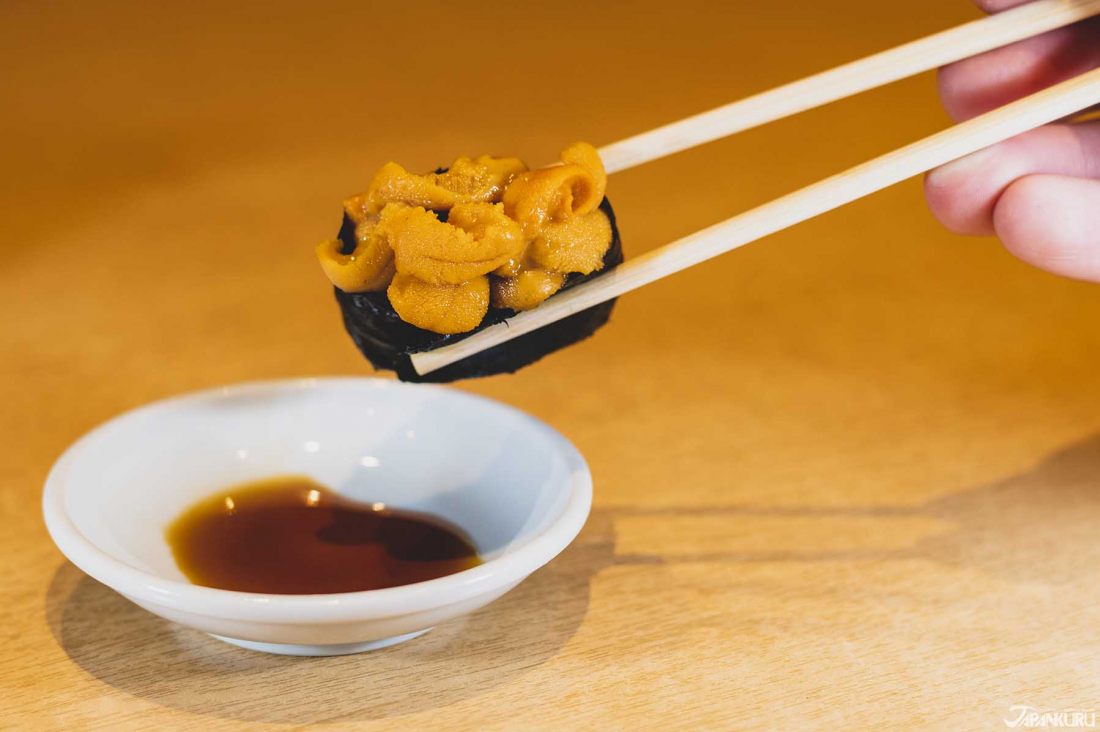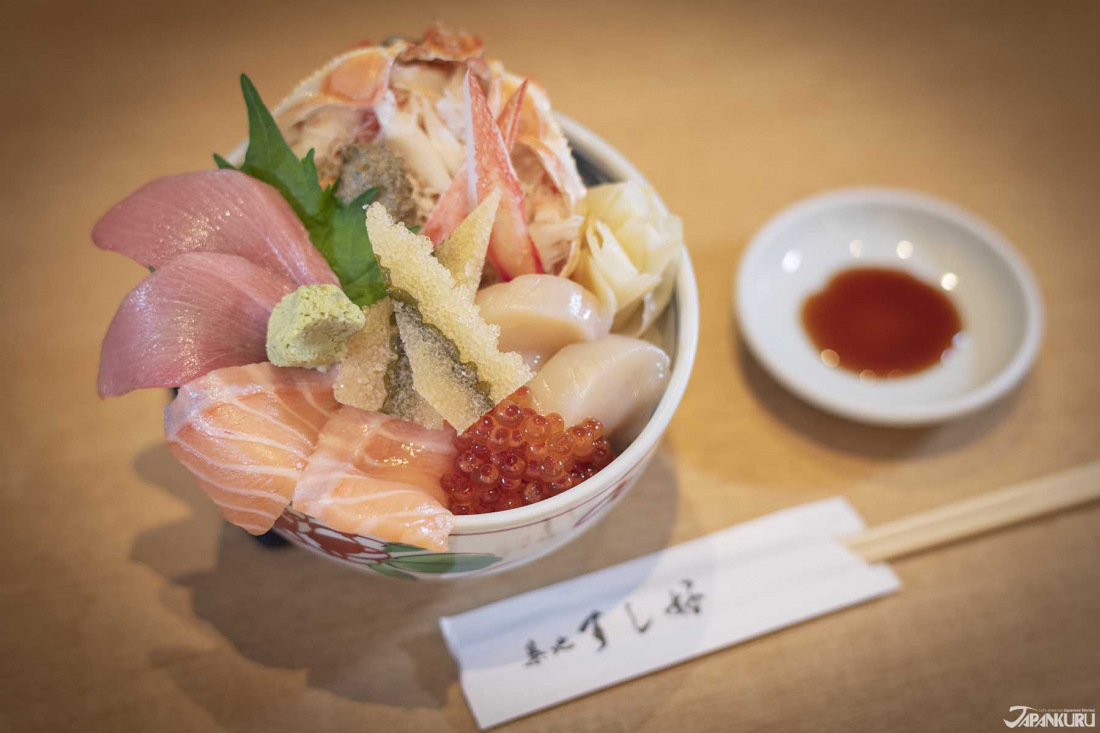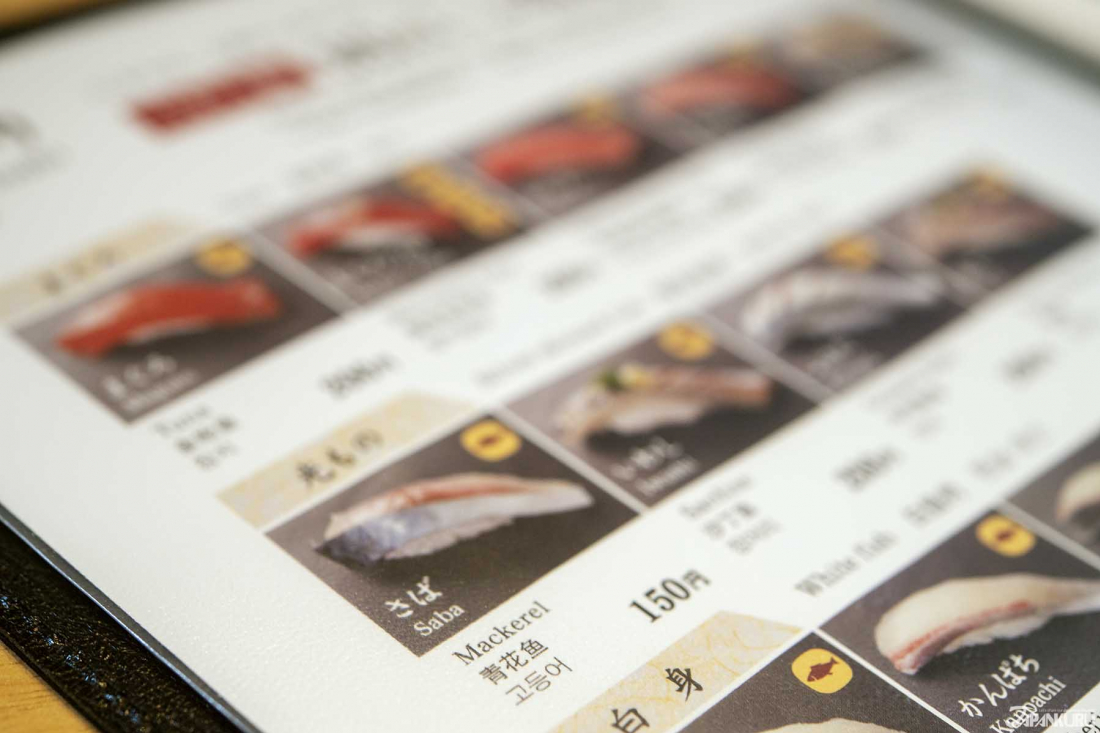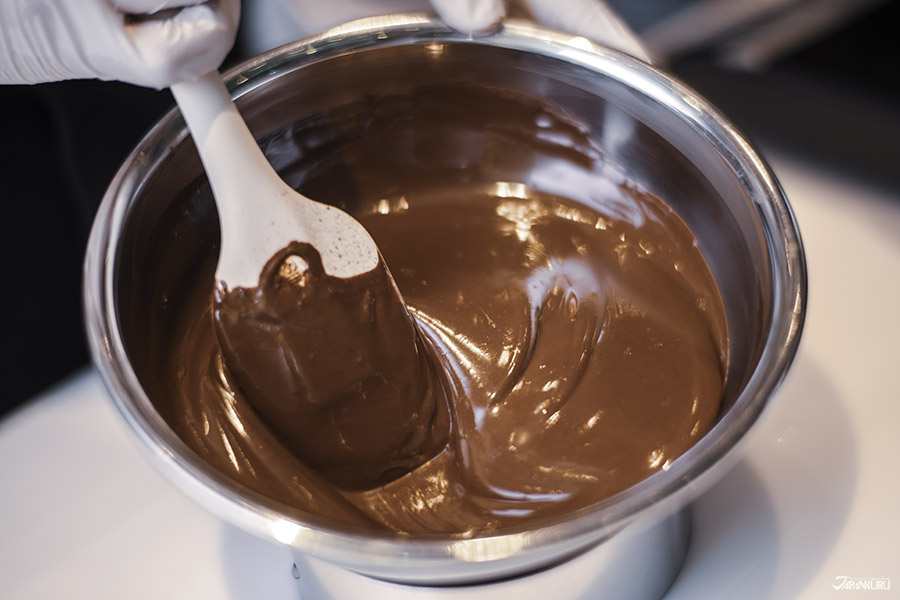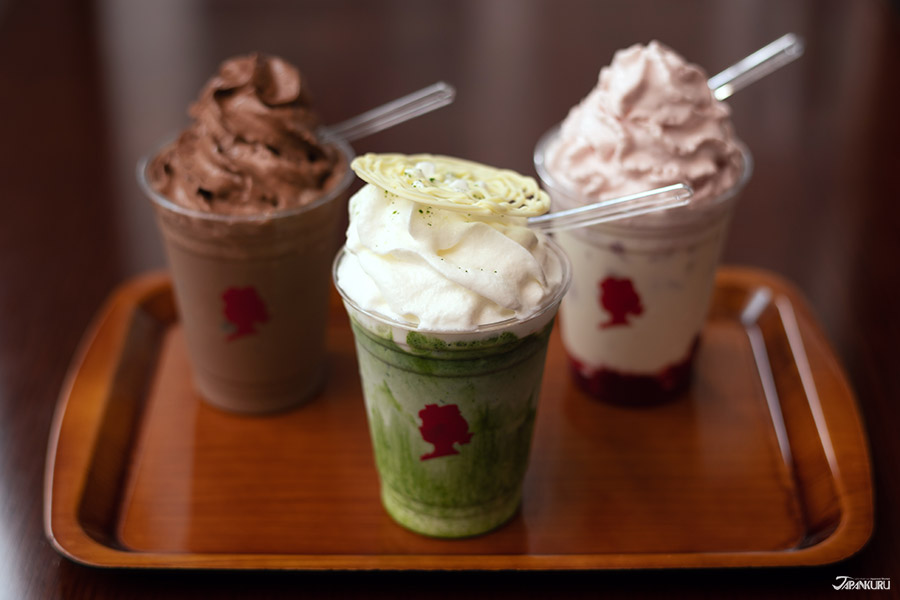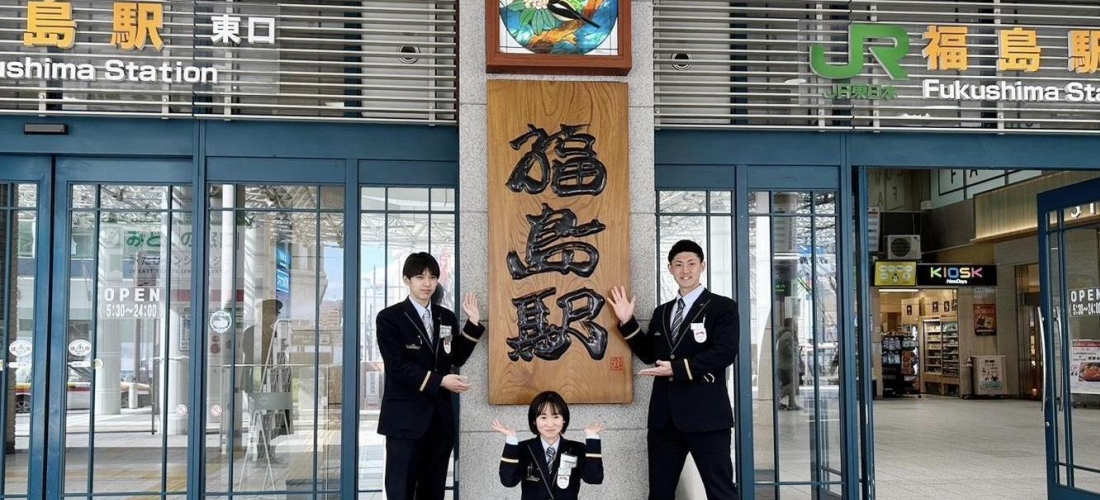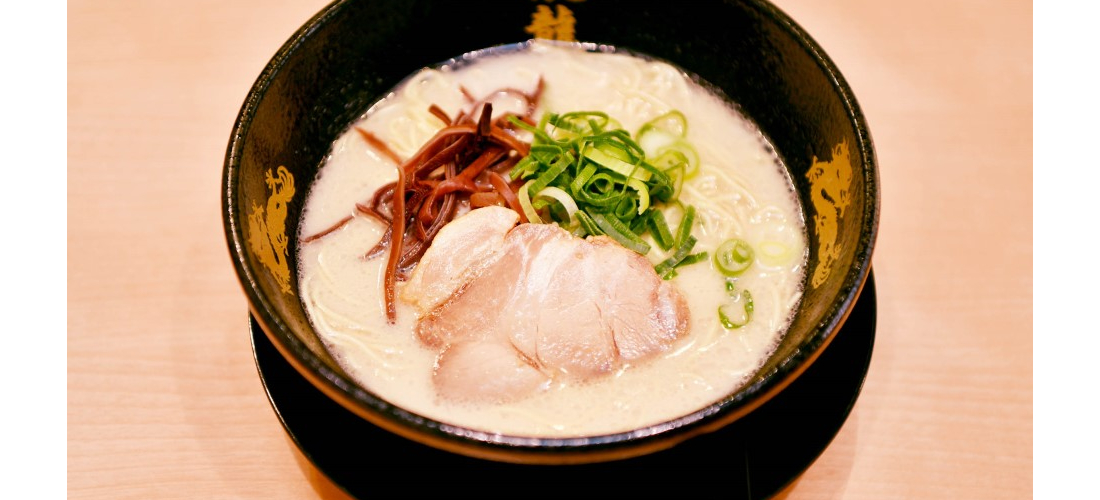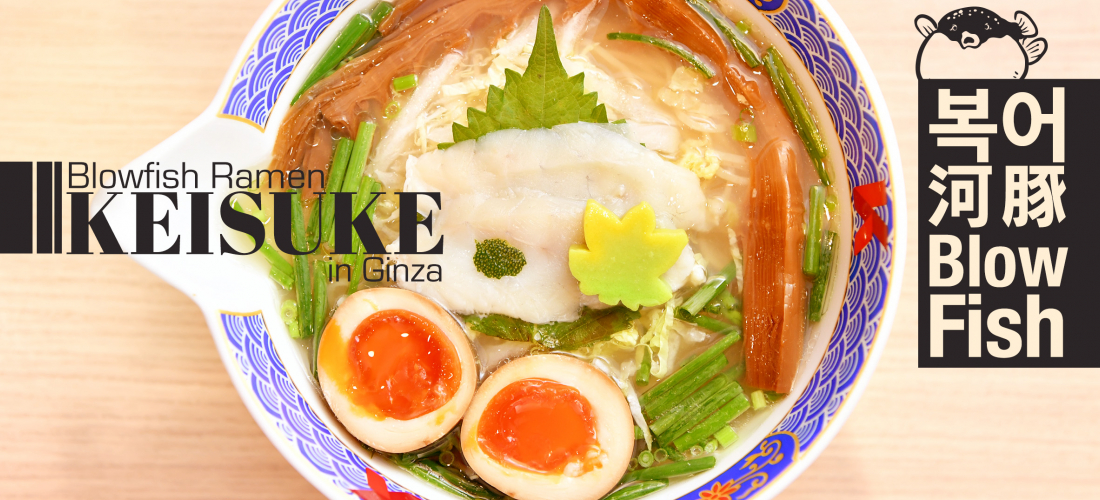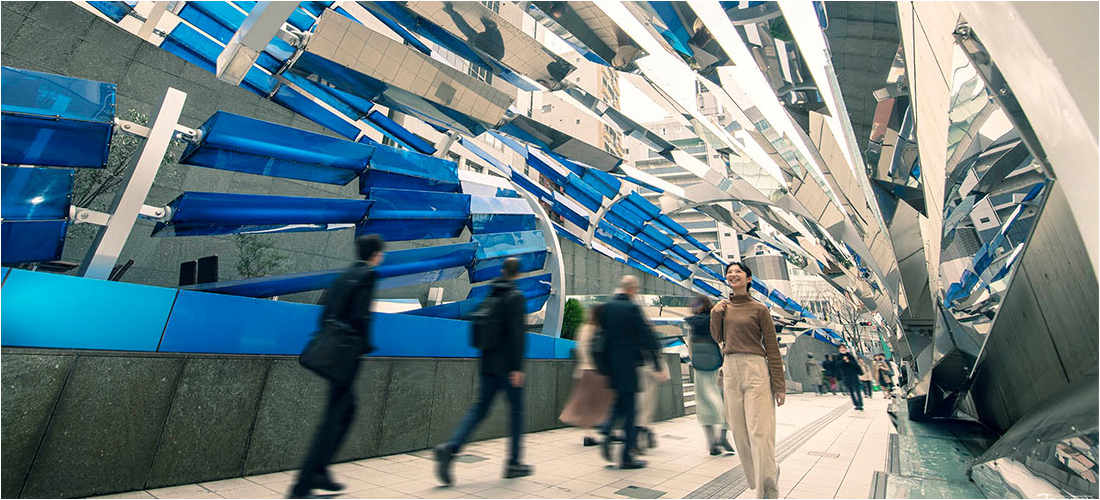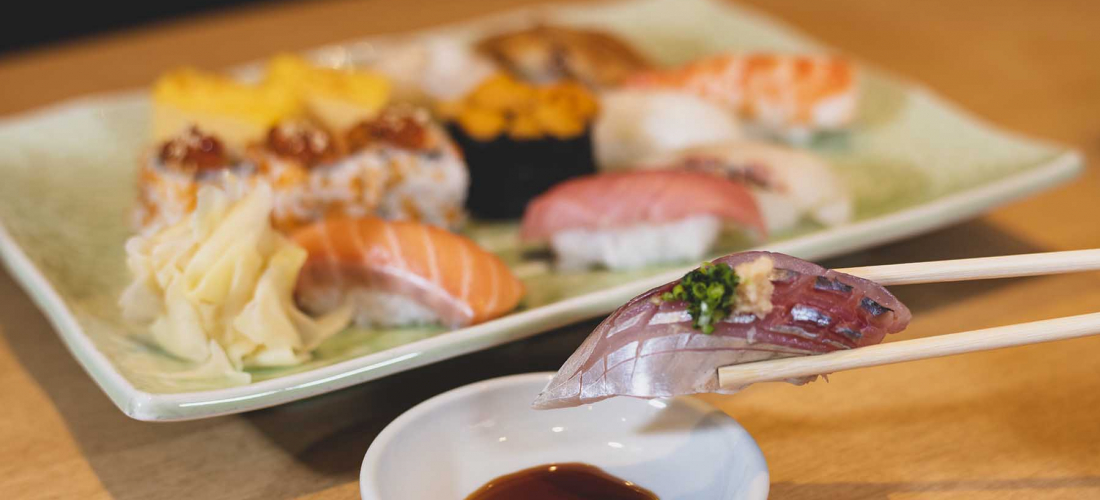
CONTENTS
Tokyo is a foodie’s dream, with delicious renditions of just about any dish you could imagine found somewhere in the city’s 23 districts. That’s why we’re concentrating on five of our favorite gourmet spots today, all delicious food in restaurants along the train lines that run through central Tokyo. Hop on the Hibiya Line for hearty grilled chicken in Akihabara, stick around a couple stops on the Yamanote Line for some sumptuous sushi or high-end chocolate at Tokyo Station, or tackle a couple more stations on the Ginza Line for breakfast and dinner. If you’re looking for a foodie tour of central Tokyo, we’ve got you covered.
First Stop: Ginza
Ginza is known for ritzy shopping and luxury facilities, but when it comes to food, the area actually has a pretty wide range of prices to go with the excellent variety offered. It's a spot that welcomes both international eats, and creative cuisine. Plus, thanks to Ginza Station itself and a handful of nearby stops, it's accessible via a variety of JR and subway lines.
Eggs ‘n Things: Your Classic Diner Breakfast, Done Hawaiian Style, in Tokyo!
If you've ever had a classic American breakfast at a diner or a pancake house, the food at this Hawaiian restaurant will bring back fond memories, while adding a little something new and exciting to each meal.
Let's start big, with the crown jewel of the Eggs 'n Things menu: their pancakes. These Hawaiian buttermilk pancakes can be ordered as a simple tray of fluffy buttermilk pancakes, or you could go for their French toast or waffles instead, but it's almost impossible to resist the pancake plates that come with a selection of toppings. Topped with generous clouds of airy whipped cream, and crushed macadamia nuts that add a satisfying crunch, you'll want to hoard the whole delectable dish for yourself. (Above are the Strawberry, Whipped Cream and Macadamia Nuts Pancakes.)
For cravings only satisfied by something a little more savory, the restaurant has a number of offerings on that front as well. The eggs benedict is a tantalizingly creamy breakfast concoction, with options for a few different toppings (we recommend smoked salmon and avocado) on top of a tasty English muffin. The surf and turf goes a different direction, but the unique garlic shrimp "surf" portion and the 200g sirloin steak "turf" is enough to leave even ravenous diners full and happy. For an even more Hawaiian flavor profile, they've got quite a few local Hawaiian favorites to choose from, too! And nothing goes better with a Hawaiian meal than a Hawaiian drink – they've got island cocktails and Hawaiian Kona Brewing Co. beer on offer.
Of course, if you're there for brunch, the meal isn't complete without a good cup of coffee. The joe served up at Eggs 'n Things is 100% Kona coffee, which means it was grown on the volcanic slopes of Hawaii's Big Island. Enjoy the rich flavor, and if you find that you rather like the mug you're sipping from as well, you can purchase one from their little merchandise shelf to take home with you. They sell a few different cups and plates emblazoned with their classic logo.
Eggs 'n Things
Kirarito Ginza 4F, 1-8-19 Ginza, Chuo City, Tokyo
Hours: 9:00 – 23:00
Official Website (jp)
Fugu-dashi Ushio Hachidaime Keisuke (ふぐだし潮八代目けいすけ): The World’s First Fugu Ramen
Fugu, AKA pufferfish or blowfish, is known in the West as a potentially dangerous delicacy. The fish do, after all, have organs that contain some pretty dangerous toxins! But ask anyone in Japan and they'll brush the danger off immediately: any fugu served in a proper restaurant is carefully prepared by licensed professionals, meaning it's extremely safe. And the delicate flesh of the fish is truly delicious, which is why the chefs at Keisuke worked to create a whole menu of fugu cuisine, highlighting the different flavors and textures possible.
Of course the star of the show at this ramen shop is the fugu ramen! They've got an English menu that shows you all the different options: salt-based broth (shio ramen), soy-sauce-based broth (shoyu ramen), and plenty of toppings. But their recommendation is menu item #8, fugu shio ramen with flavored boiled eggs. The fugu in the ramen laces it with subtle seafood flavor, thanks to three of the most popular kinds of blowfish. Alongside the standard bamboo shoots and some green onions, the noodles are topped with free-range "bini-tama" eggs that have naturally dark yolks, rich with vitamin E. For extra seasoning, they even recommend a dash of truffle oil!
If you're still feeling hungry after finishing the noodles, you can ask the staff to turn the remaining ramen broth into some unique ochazuke (a dish traditionally made by pouring a tea-based broth over rice). They'll add a piping hot stone to your remaining broth, bringing it back to an instant boil, and then you can pour the soup over rice and satisfy that appetite with some additional toppings.
For a more hefty bite of fugu, they also offer dishes of unique fried blowfish!
Ginza Fugu-dashi Ushio Hachidaime Keisuke (ふぐだし潮八代目けいすけ)
Tokyu Plaza Ginza B2F, 5-2-1 Ginza, Chuo-ku, Tokyo
Hours: 11:00 – 23:00
Official Website (jp)
Next Stop: Akihabara
Torimitsukuni (鳥光國): Yakitori & Sake
Yakitori, grilled chicken, is classic bar food in Japan, where office workers frequently chow down on the skewers while having a beer or two with coworkers after work. Torimitsukuni takes the simple cuisine, however, and raises it to a new level.
Peak into Torimitsukuni's kitchen as you walk into the restaurant, and you'll see the chefs grilling each skewer of chicken to perfection. This isn't just a matter of chicken breast on a stick, though – the restaurant offers quite a selection of different chicken parts, and different preparations. If you're looking to get a bit adventurous and sample chicken hearts, or grilled chicken cartilage, they've got it! For diners ready for anything, they've got a plate of assorted yakitori that they choose for you. Of course, for those who just want normal breast or thigh meat, they've got that too. (Although you can always try getting your chicken topped with wasabi, or pickled plum!) The best part is that all of this is explained clearly on their English menus, so you'll have no trouble picking out what appeals to you.
Torimitsukuni has plenty of other options, too. Aside from the simpler lunch meals offered, there are also side dishes (avocado-lovers will enjoy the nori avocado), and grilled skewers with lots of non-chicken ingredients. Pork belly wrapped cabbage skewers, perfectly grilled shiitake mushroom skewers, we've even tried their smoked cheese skewers, dipped in honey for a delicious sweet touch. Of course it's no surprise that the perfectly salty-sweet and addictively crunchy fried sweet potato sticks are always a hit.
After the spectacular chicken, the shop's biggest bragging point might just be their sake. The sake varieties available at Torimitsukuni are special brews, offered in collaboration with Tamano Hikari Sake, a Kyoto brewery that's almost 350 years old. You won't find this sake elsewhere in Tokyo! But if you do want to do your own little sake tasting, Torimitsukuni is a fun place to try, since they offer a few different types of sake from the same brewery. Their English menu has a handy chart and some simple explanations, so you can order a sake to match your palate. A great way to end an evening in Tokyo!
Torimitsukuni
Akiba Tolim 5F, 1-6-5 Kanda Sakumacho, Chiyoda City, Tokyo
Hours: 11:00 – 14:00/17:00 – 23:30
Sunday/Holiday Hours: 11:00 – 14:30/17:00 – 23:00
Official Website (jp)
Tsukiji Sushiko (築地すし好): Sushi Platters & Super-Fresh Tuna
Tsukiji Sushiko proudly serves up fresh, high-quality sushi every day of the week, right in the middle of Akihabara. Their "Edo-style" sushi is not only the version of the dish that many international sushi-lovers have come to know and appreciate, it's also the sushi that's been served for generations in the heart of Tokyo.
The sushi at Sushiko is carefully made piece by piece by the skilled chefs who stand at the counter, ready to give varied recommendations for diners of all kinds. Foreign diners tend to order lots of salmon and tuna, and while the shop's Kodawari Tennen Maguro Set is a pretty ideal way to sample different cuts (have you ever done a taste test between different levels of fatty tuna? it's worth trying), the Sushiko chefs said it was too bad that people were missing the chance to branch out a little. They explained that the set plates were always going to be the best deal price-wise, but that diners should consider ordering a little extra à la carte, to try something new! Apparently the subtle differences between various white-fleshed fish, and the unique flavor profiles of "hikarimono" (光物, fish with silver skin) are more popular with the older Japanese crowd, so why not give them a taste?
Sushiko actually has a pretty robust menu of side dishes and non-sushi options as well, on top of simpler lunch sets, which makes it a pretty nice place for a drink with friends. If you're going to order yourself a multi-course meal, the chefs recommend going sashimi➤fried foods➤sushi to maximize the flavor of each, but if you're just nibbling while you sip some sake, they say you can nibble freely in any order!
Diners with food allergies will appreciate Sushiko's menu complete with in-depth information regarding frequent allergens, and details in English. If you've got issues with gluten, you'll be relieved to see that even fish marinated in soy sauce is marked on the menu! Order with confidence, and expand your sushi horizons!
Tsukiji Sushiko (築地すし好)
Akiba Tolim 5F, 1-6-5 Kanda Sakumacho, Chiyoda City, Tokyo
Hours: 11:00 – 14:00/17:00 – 22:30 (Sun. ~22:00)
Official Website (en)
Last Stop: Tokyo Station
Tokyo Station is a hub for travelers, being the central stop for trains of all kinds in the city. But the surrounding neighborhood is also packed with offices and company headquarters, meaning the area is always swarmed with both diners looking for a cheap bite, and those eyeing a little more luxury. That's why there are plenty of places to get in and out quickly within the lunch hour, and also spots perfect for relaxing and taking a break from busy Tokyo life!
Mary’s Café: Custom Chocolate & Other Sweet Treats
Mary's Cafe is owned by Mary's Chocolate, a Tokyo-based chocolate company that has been making chocolate in the city for more than half a century. Mary's is famous for playing a big part in bringing the chocolate-giving traditions of Valentine's Day to Japan in the '50s, now a unique part of Japanese culture. These days, though, they're bringing high-quality chocolate to the masses via this cafe just steps from Tokyo Station. The comfortable chocolaterie offers standard cafe items, but also hearkens back to its origins by creating custom chocolate bars for customers, in-store, right in front of your eyes.
After the batches of molten chocolate are tempered, the choices are up to you! It's a fun, unique experience in a country not particularly known chocolate. Whether you go for white chocolate, semisweet, or dark, however, no chocolate-lover will be disappointed with these high-end bars. You can also choose from a host of different ingredients to mix into the bar, with plenty of fruit and nut options.
When you're looking for a cafe experience and not a chance at a custom chocolate bar, though, they've got you covered. Their drinks, from simple coffee to luscious chocolate concoctions and matcha lattes, are rich in flavor without being overly sweet. And the selection of cakes and sweets is heaven for anyone with a sweet tooth, with satisfyingly bitter-sweet chocolate cakes and light white-chocolate custards. If you're visiting with peckish friends, the sandwiches aren't a bad choice, either. They might specialize in chocolate, and do a good job at it too, but Mary's Cafe is no one-hit-wonder.
Mary's Café
KITTE Marunouchi 1F, 2-7-2, Marunouchi, Chiyoda-ku, Tokyo
Hours: 10:00 – 22:00
Official Website (jp)
Ready to Eat?
While lots of travelers gravitate towards the western Tokyo neighborhoods of Shibuya and Shinjuku, delicious food can be found all over the city, and the path so many major train lines take through the central Tokyo is not to be missed! So get out there and get something to eat! Then let us know about your experience, show us some pictures and tell us how it was, on twitter, instagram, and facebook!
Details
NAME:Tokyo Food Tour
MAP
Torimitsukuni, Akiba Tolim 5F, 1-6-5 Kanda Sakumacho, Chiyoda City, Tokyo
Tsukiji Sushiko, Akiba Tolim 5F, 1-6-5 Kanda Sakumacho, Chiyoda City, Tokyo
Eggs 'n Things, Kirarito Ginza 4F, 1-8-19 Ginza, Chuo City, Tokyo
Ginza Fugu-dashi Ushio Hachidaime Keisuke, Tokyu Plaza Ginza B2F, 5-2-1 Ginza, Chuo-ku, Tokyo
Mary's Café, KITTE Marunouchi 1F, 2-7-2, Marunouchi, Chiyoda-ku, Tokyo
PROFILE
Follow us @Japankuru on Facebook, Instagram, and Twitter!
COMMENT
FEATURED MEDIA
VIEW MORE
・Accommodations for Odaiba Sightseers: Mitsui Garden Hotel Toyosu PREMIER ・住宿推薦 三井花園飯店 豐洲普米爾 ・오다이바 관광 맞춤 숙소: 미츠이 가든 호텔 토요스 프리미어 ・ค้างคืนที่ Mitsui Garden Hotel Toyosu Premier โรงแรมสำหรับผู้มาเยือน Odaiba #japankuru #odaiba #tokyo #tokyotrip #japantrip #japantravel #mitsuigardenhotel #mitsuigardenhoteltoyosupremier #tokyohotel #odaibahotel #toyosu #tokyoview #tokyobay #rainbowbridge #미츠이가든호텔토요스프리미어 #오다이바 #오다이바맛집 #오다이바건담 #오다이바해변공원 #오다이바야경 #오다이바온천

Nagano Prefecture is famous for delicious soba noodles, and in the city of Ueda, you can learn from the experts! Local aunties run this cooking class, teaching you everything you need to know to make your own delicious plate of soba noodles entirely from scratch. #japankuru #soba #sobanoodles #japanesefood #travelexperience #japan #japantrip #ueda #nagano #japaneseculture #japanexperience #daytrip #daytour #cookingclass #japanesecookingclass #上田市 #そば作り #소바체험 #우에다시 #나가노여행 #일본소바

Kuramae Shrine is known for its early-blooming cherry blossoms and its gorgeous golden mimosa blooms, making it a great sakura spot for travelers arriving in Tokyo a little early for the main cherry blossom season. It’s also tucked away in a neighborhood packed with trendy cafes and coffee shops. Kuramae is a lovely place to spend the day. 🌸☕️ ・ #japankuru #kuramaeshrine #kuramae #tokyo #tokyotrip #cherryblossom #cherryblossoms #mimosa #tokyocherry #花見 #蔵前神社 #ミモザ #桜 #東京 #Japan #日本 #일본 #Japon #ญี่ปุ่น #Japão #Japón #япония #japantravel #日本旅行 #日本旅遊 #일본여행 #japan_of_insta #japantrip #traveljapan

Local Japanese Favorites at the Okinawa Don Quijote ② Ohta’s Isan, the digestive aid of the Japanese people ・ ・ 2024唐吉訶德不可不知的好物推薦② 日本國民消化小幫手:太田胃散 ・ ・ 오키나와 돈키호테 숨은 꿀템2. 일본 국민 소화제! 오타이산 #japankuru #okinawa #donki #沖縄 #오키나와 #오키나와여행 #오키나와돈키호테 #일본쇼핑리스트 #오타이산 #일본소화제 #太田胃酸 #ohtasisan

Happy Valentine's Day from the Japankuru team! May your day be full of sweet chocolates and sweet nothings. 💕 Or, if you're like a rising number of women in Japan, take the opportunity to treat yourself! 🍫💝💆 • Find out more at Japankuru.com! (Link in bio.) • #japankuru #valentinesday #valentineschocolate #japanesechocolate #japaneseculture #バレンタイン #バレンタインチョコ #メリーチョコレート #Japan #日本 #일본 #Japon #ญี่ปุ่น #Japão #япония #japantravel #日本旅行 #日本旅遊 #일본여행 #japan_of_insta #japantrip #traveljapan #japan🇯🇵 #japanlife #igerstokyo #explorejapan #japanfocus #enjoyjapan #japantravelphoto

Japankuru Coupon: BEAMS fashion, accessories, lifestyle goods, and more! BEAMS 5% Discount Coupon ▶︎ Validity Dates: February 1 ~ February 29, 2024 ▶︎ Discount: 5% off all products in-store ▶︎ Usable At: BEAMS stores throughout Japan (all stores except BEAMS JAPAN Izumo and BEAMS JAPAN Nikko) ▶︎ Details: Please present this coupon page before payment to receive your discount! This coupon is also valid in combination with tax-free discounts/refunds for foreign tourists. (Tax-free shopping is only available at some BEAMS locations.) Some products may not be eligible for discount. ・ ・ ・ BEAMS - JAPANKURU優惠折扣券 BEAMS 2024年2月限定特別優惠券 店內全部商品95折 ▶︎使用期間:2024/2/1到2024/2/29 ▶︎使用範圍:日本全國店舖 ▶︎使用方法:結帳時請務必事先向店員出示本優惠券,若未出示本優惠券恕無法享有本優惠。本優惠券可搭配免稅優惠一併使用,但不排除特定門市無法使用本優惠券。此外,不排除特定商品不適用本優惠券。 ・ ・ ・ 「빔즈(BEAMS) x 재팬쿠루(JAPANKURU)」스페셜 할인 쿠폰 빔즈(BEAMS) 5% 할인 쿠폰 ▶유효기간: 2024년 2월 1일 ~ 2월 29일(한 달 동안) ▶︎할인율: 매장 내 전 상품 “5% 할인" ▶︎해당 매장: 일본 전국 빔즈 (BEAMS) 매장 (BEAMS JAPAN이즈모、BEAMS JAPAN닛코는 쿠폰 할인 대상 제외 점포입니다) ▶︎상세 내용: 결제 전 본 쿠폰 페이지를 제시하면 정가대비 5% 할인된 금액에 구매하실 수 있습니다! 본 쿠폰은 외국인 관광객들을 대상으로 하고 있으므로 면세 혜택(빔즈 일부 매장)과 별도로 추가 할인이 가능합니다. (일부 매장 및 제품은 대상에서 제외될 수 있습니다.) #japankuru #beams #beamsjapan #beamsginza #coupon #재팬쿠루 #빔즈재팬 #빔즈 #일본여행 #일본쇼핑 #일본쇼핑리스트 #銀座 #東京 #tokyoshopping #japankurucoupon


